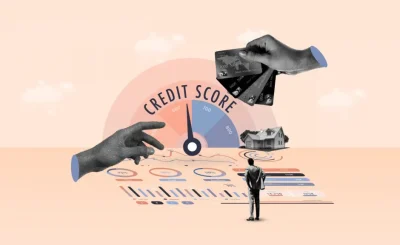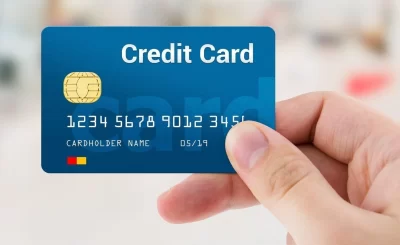A credit card is simply a payment card issued by a bank to consumers to allow the card holder to pay for products and services on a regular basis based on the unpaid balance of the card holder. With the advent of the Internet, more people have become interested in using their credit cards. Unfortunately this has led to many people having problems paying their credit card bills. There are some basic tips that can be used to try and alleviate the problem. The aim is not to leave people in financial distress but to help them get out of debt as quickly and painlessly as possible.
The first tip is to avoid using credit cards to make purchases. It is far more convenient to use debit cards or cash as opposed to a credit card. This is especially true for those who regularly shop online. In most cases, people will find it much easier to pay for their purchases with a debit card than by using their credit card. In fact, many retailers have begun issuing debit cards to their customers to combat the recent rise in credit card fraud.
Credit card borrowers must also know that they are borrowing money and therefore the interest will build up. The only way to avoid this is to only borrow what you absolutely need. One way to determine if you are indeed able to repay your debts is to calculate your annual income and compare it to how much you make in a year. If you find that your income is larger than your expenses, then chances are you will be able to repay your credit cards pay back easily. On the other hand, if you find that your expenses are larger than your income, then chances are you will find it difficult to repay your credit cards pay back easily.
Next, card issuers must charge a reasonable interest rate. This is especially true for individuals who have no credit history. For these individuals, the interest rate may be extremely high or may be very low as compared to the rates charged by traditional credit facilities. Remember, though, you are borrowing from your card issuer, so you must pay back in a timely manner. Otherwise, your card issuer may increase your interest rate and take away your privilege to borrow.
Once you are sure that you can pay your debt off in a timely manner, you must learn how to manage your due dates and balance transfers. Many consumers make the mistake of only making payments when they receive a statement balance or when they have actually used up their entire credit limit. This is not only inconvenient, but it can be financially detrimental. Card issuers and lenders like to see a regular history of payment because this shows that you are responsible when using their products.
A final option for cardholders who wish to reduce the burden associated with credit card debt is to use the grace period to pay back the loan. Grace periods are typically 30 days following the date that the loan was made. If you are unable to come up with the entire amount on the specified due date, the credit line will remain active and you will have until the grace period to bring up to date your payments. Credit card issuers are typically happy to see their customers making good on their obligations, and the longer the grace period, the better they feel about their product. The end result is that cardholders enjoy the best possible terms, even when they have to pay extra due to their own poor financial management practices.










